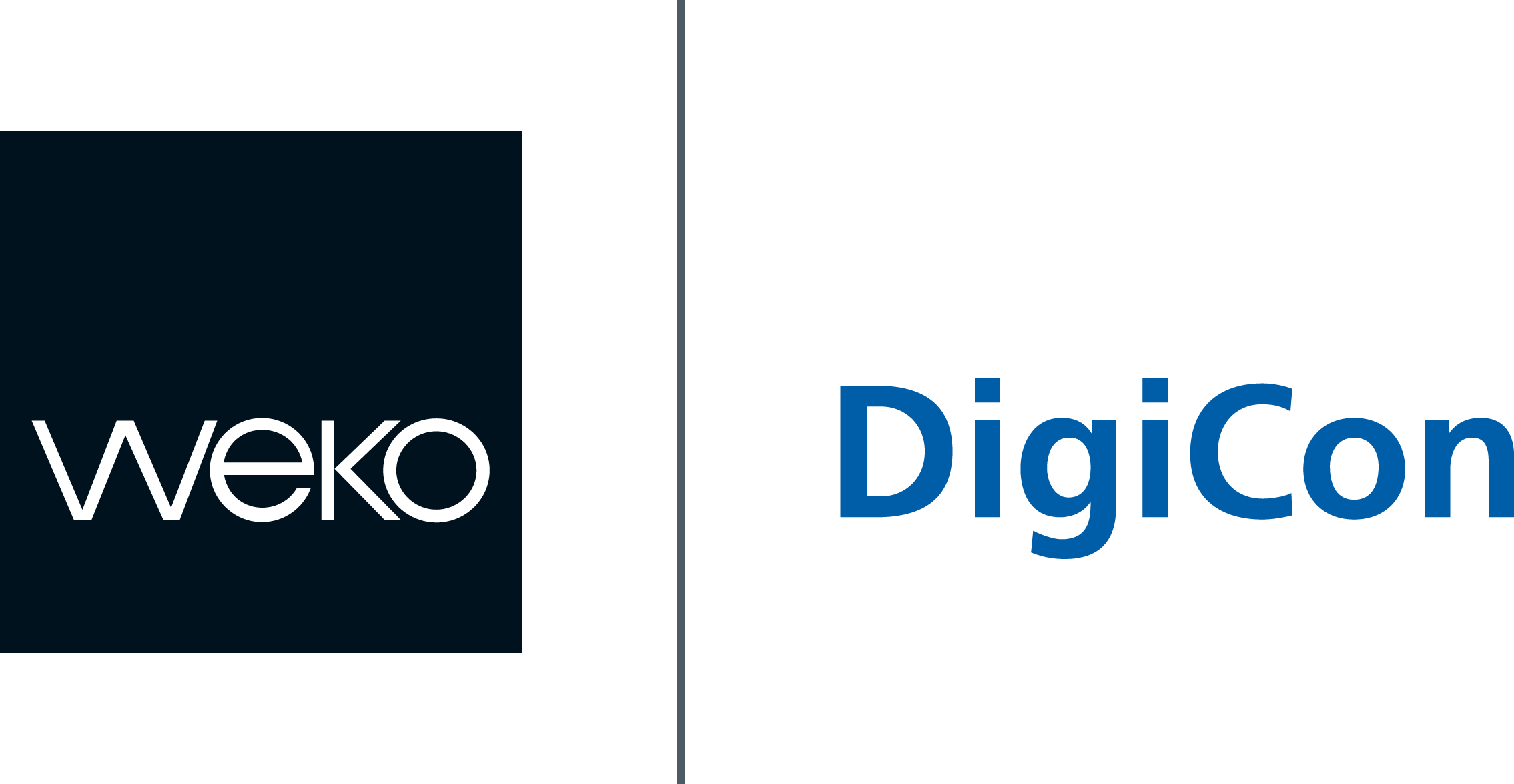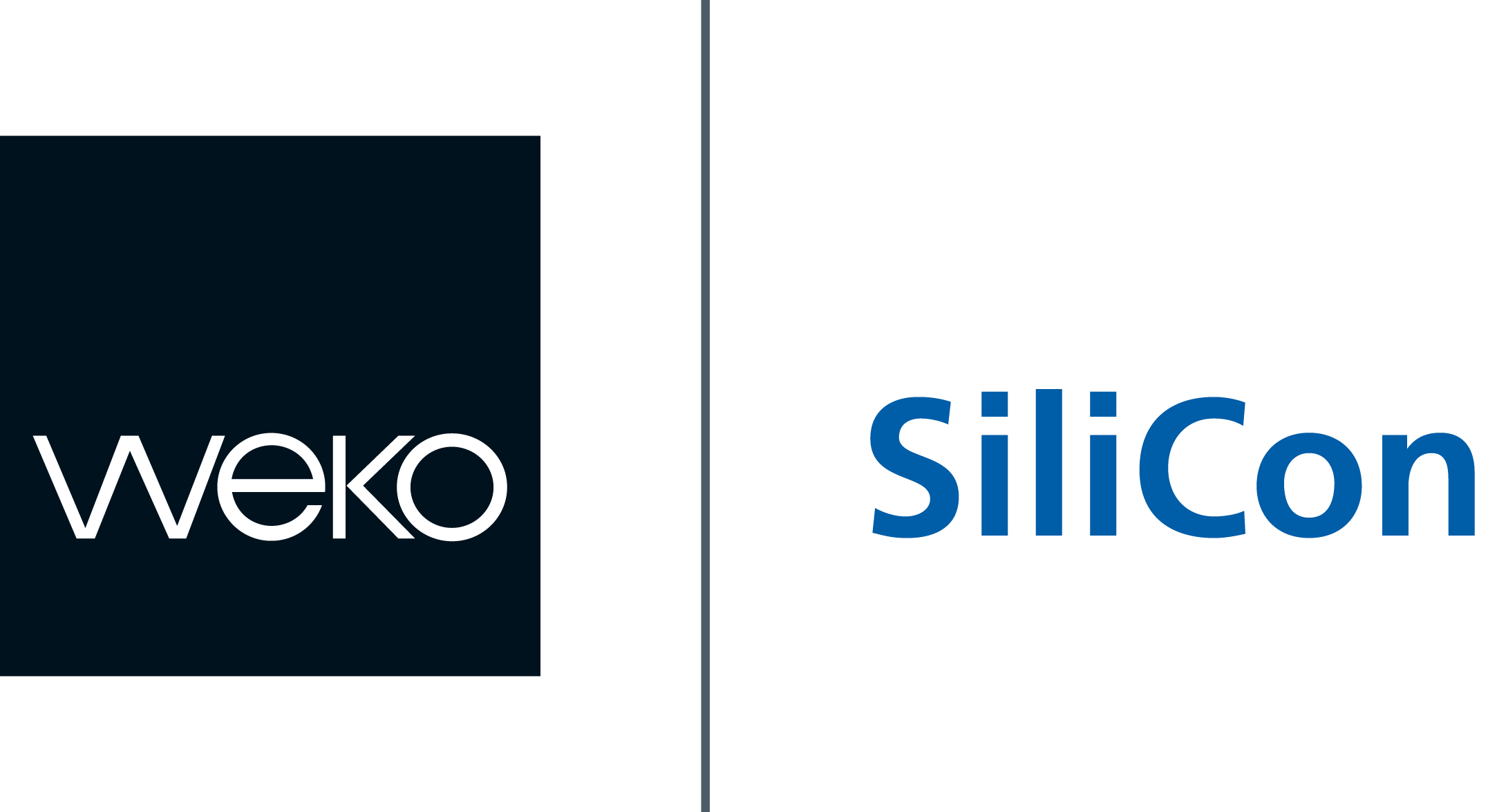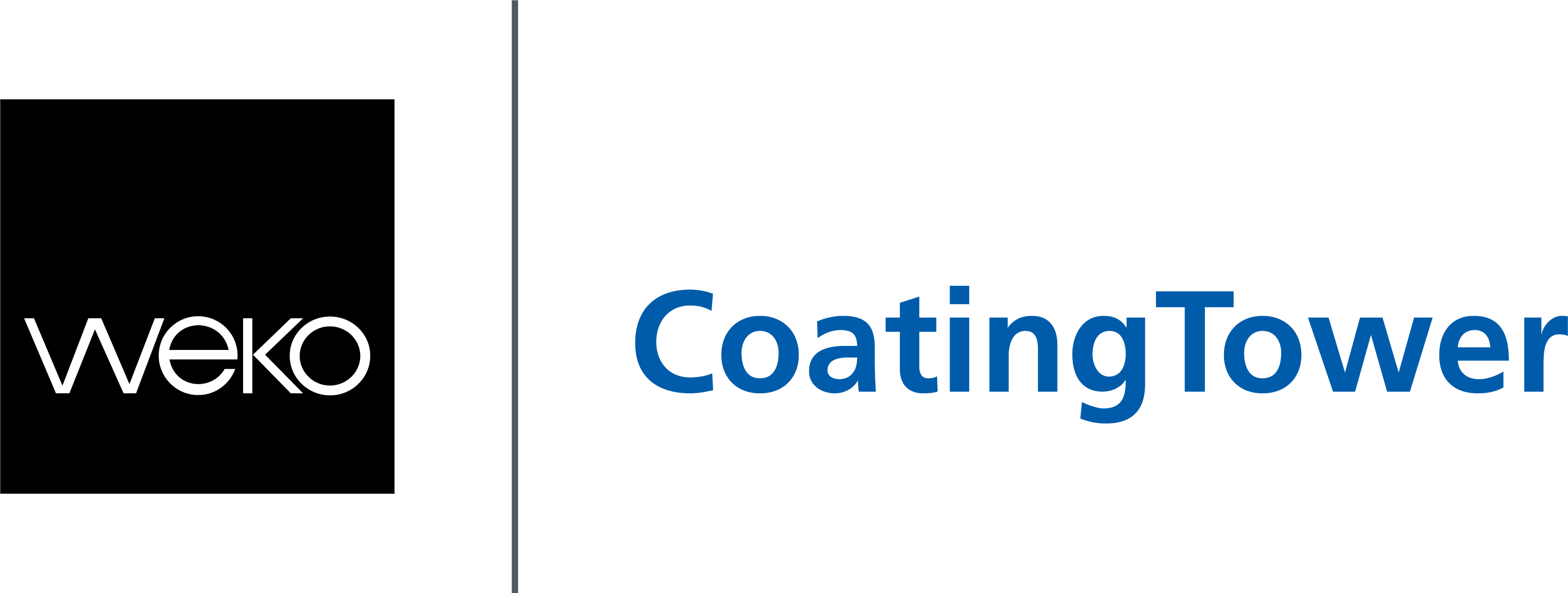More productive and cost-efficient thanks to new process technology
Application of dye baths
(Sulfur, Reactive, Disperse, VAT, Pigment, Indigo)Application of fixing, oxidation or other auxilliary agents
(e.g. hydro-caustic, alkali, cationic fixing, hydrogen-peroxide,…)
Today’s processes often have the problem that small métragens cannot be produced cost-effectively because the start-up scrap is too high and preparation sometimes takes too long.
With the latest developments of the RotaSpray PS² process, the continuous dyeing process is rethought and enables a sustainable, easily reproducible and waste minimized production. Especially for reactive, vat (VAT) and disperse dyes.
Due to the non-contact rotor spray application, dyes and auxiliaries are applied homogeneously on one or both sides. The penetration level can be adjusted by exact dosage of the spray quantity and selection of the correct auxiliaries if required.
Today’s standard - Pad-Dry-Pad-Steam process for woven fabrics The Pad-Dry-Pad-Steam process (PDPS) is considered the worldwide standard in continuous dyeing with reactive and vat dyes and is very widely used in classic textile countries for mass production. The PDPS process covers the entire color space in all color depths. In Europe, this process can hardly be used economically anymore due to the ever decreasing batch sizes. Also, the high amounts of salt used in the dye recipe lead to ecological problems. This process is not suitable for small-metre batches due to the strong tendency of longitudinal run-off at the beginning of the batch.
The new standard - PS² (Pad-Spray-Steam) for fabrics Instead of the two-bath application of dye bath and fixation with energy-intensive intermediate drying (hotflue), the spray process allows the fixative to be applied directly after the dye bath without intermediate steps - because the non-contact application means that the dye remains stable on the fabric and the fixative is not contaminated.
Low waste In addition to the increase in productivity and energy savings, the PS² process is mainly characterized by the minimization of longitudinal run-off during the start-up of the dyeing section. These are mainly caused by hydrolysis and substantivity effects with reactive dyes and are almost unavoidable despite optimum dye selection in the classic pure padder process. In the PS² process, tailing can be reduced from up to 140 m to 12-20 m with excellent transfer from laboratory to production.
Short steaming time and salt-reduced to salt-free production.
To increase reactivity, it is possible to increase the alkalinity of the fixed alkali by up to one pH level compared to the standard recommendation. This allows reduced steamer contents and more compact plants with reduced investment costs and space requirements to be planned for new investments. Steaming times can be reduced by up to 50%. A so-called dilution effect due to padder and wet-on-wet spray application and an associated loss of fixing yield in deeper shades should not go unmentioned here. This loss of yield in dark shades can be partly compensated by only a small addition of up to 80 g/l Glauber’s salt to the spray liquor. Light to medium shades are dyed salt-free. In general, the washability of the reactive dyes in the PS² process is greatly improved by the reduced salt load, thus reducing water consumption.
Reduced migration tendency, better long-term quality.
The lack of intermediate drying additionally reduces the migration tendency of the dyes to the surface of the fabric, resulting in a better dyed-through quality. After several household washes, this effect turns out to be very positive.
KKV cold dwell process vs. PSB35 The requirement to produce an optimally through-dyed fabric analogous to the Klotz cold dwell process (KKV), while eliminating the risk of selvedge and longitudinal run-off in small-metre fabrics, has aroused the interest of some KKV dyers to consider a two-bath dwell process, the so-called Pad-Spray-Batch-35 process (PSB35). This process can be run in a standardized manner regardless of different climates and eliminates the issue of hydrolysis and substantivity to the greatest extent possible. Dye is foulardized and the fixing alkali is sprayed on without contact as in the pad-spray-steam process described above. Minimum fixation times can be reduced to a maximum of 2-3 hours to increase turnaround time.
Another side benefit of the PSB35 process is the elimination of water glass fusing methods. There is no risk of edge runs due to the carbonic acid in the air with the neutralization of the fixing alkali.
With the accessories WEKO-Cut-it, WEKO-Glue-it and WEKO-Spread-it textile production processes can be further optimized. They enable trouble-free production, reduce machine soiling, minimize material losses and thus ensure maximum productivity and profitability.





Sustainable dyeing with new possibilities in design.
WEKO’s latest developments revolutionize the entire dyeing process and make it more sustainable.
Due to the non-contact rotor spray application, dyes and auxiliaries, are applied homogeneously on one or both sides. The penetration level can be adjusted by exact dosing of the spray quantity and selection of the correct auxiliaries as required.
Minimum application
Due to a higher formulation with a simultaneous low pick-up, the water content and thus the expensive and CO²-intensive drying energy is significantly minimized. Squeezing the material is also no longer necessary.
Create new effects and designs
Non-contact spray dyeing opens up completely new possibilities in fashion design - directly in the dyeing process.
For example, one-sided dyeing or overdyeing without penetration. Multicolor dyeing using several dyes in one liquor or one after the other (dye baths are without contact and remain contamination-free). Deliberate creation of streakiness, vintage or salt&pepper look and much more by varying the spray parameters. Open up new possibilities for your customers.
Lower waste
Due to the larger number of spray points, a homogeneous coloration is produced without longitudinal (tailing) or edge-center edge sequences (CSV). Due to the non-contact application, liquor contamination, different pick-up behavior of the dyes (substantivity) or even possible hydrolysis do not play a role. In particular, the separation of certain processes ensures stable and easily reproducible results.
Small residual bath
After use, only 8 - 25 l of bath must be emptied, but this is not contaminated by the WEKO process and, depending on the type, can possibly be reused.
Especially for large dye baths as in the DENIM slasher area, the water reprocessing plants can also be massively relieved.

Please accept the appropriate cookies to view this content.

Please accept the appropriate cookies to view this content.



Your benefits
Application of dye baths
(Sulfur, Reactive, Disperse, VAT, Pigment, Indigo)Application of fixing, oxidation or other auxxiliary agents and reactants
Applications
Classical continuous dyeing
Vat / VAT
dispersion
CPB (cold pad batch)
DENIM
Sulfur (single and multicolor)
INDIGO
pigment
Reactive
Contact details:
RotaSpray GmbH - Engineering, Sales & Production of Rotating Atomizers
Friedrich-List-Strasse 20-24
70771 Leinfelden-Echterdingen
Germany
Managing Director: Tobias Schurr
Local Court Stuttgart HRB 745776
Ust-IdNr. DE290876438
Phone: +49 (0) 711 / 79 88 222
Mail: info@rotaspray.de
WEKO and RotaSpray are looking forward to a successful cooperation and will continue to be there for you as usual with innovative solutions - Innovation at work!
Contact

Jayanta Sanyal
Head of Technical Sales and Processes - Textile Industry +49 711 7988 236jayanta.sanyal@weko.net




